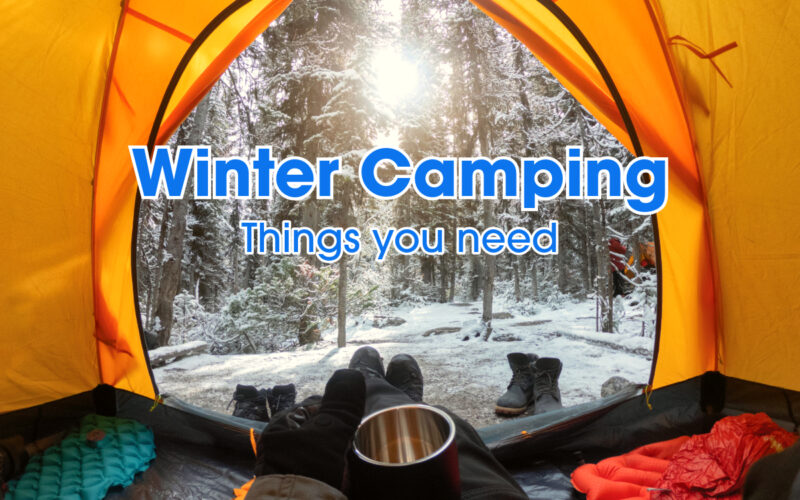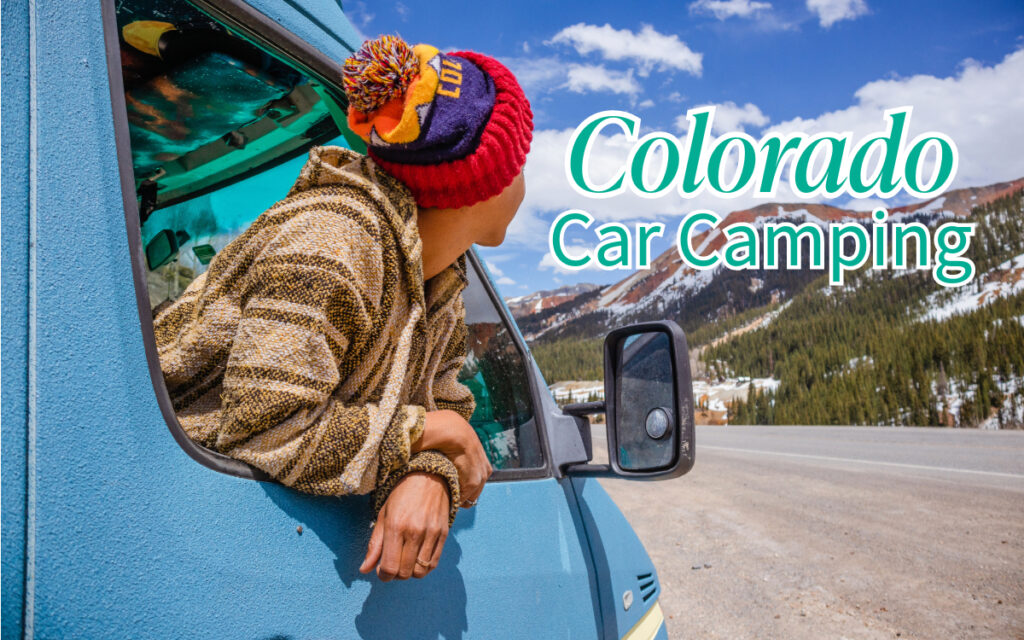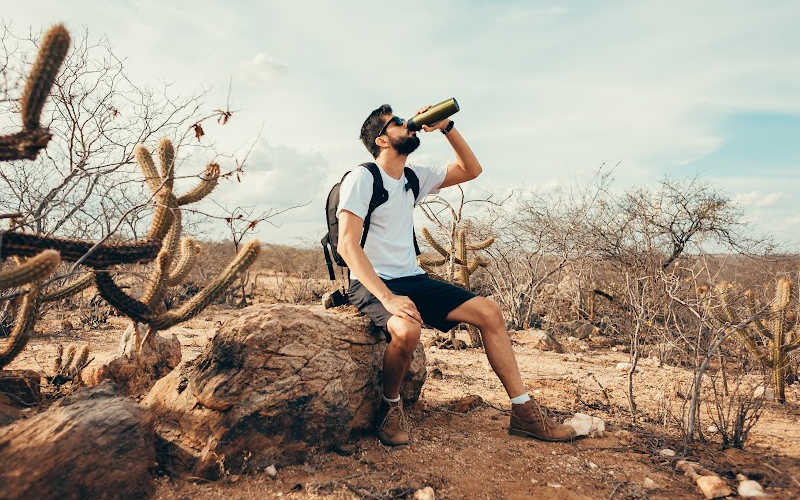The Ultimate Adventure: Things You Need for Winter Camping

Winter camping can be an exhilarating and rewarding experience for those who enjoy the unique challenges and beauty that the season brings. Winter landscapes are often breathtaking, with snow-covered trees, frozen lakes, and a serene atmosphere. The beauty of nature in winter can be a captivating and unique experience.
It also attracts fewer people during the colder months than during the warmer months, providing a more peaceful and solitary outdoor experience. Late fall or winter is a good time to go outdoors if you enjoy privacy and a quieter camping environment.
Keep in mind, though, while winter camping can be fun, it’s crucial to be well-prepared for the cold-temperatures and potential challenges. So, let’s go over the basic list, from proper gears to personal items, to ensure a safe and enjoyable winter camping experience.
The Basics
Any outdoor camping during winter requires careful planning to ensure your safety and comfort in cold conditions. Here’s a comprehensive list of items you should consider taking on a winter camping trip:
1. Cold-Weather Clothing
- Insulated and waterproof boots
- Waterproof and windproof jacket
- Layered clothing for warmth (thermal underwear, fleece, down jackets)
- Gloves (waterproof winter thermal gloves and warm fleece gloves)
- Hats (winter beanie or winter cap with drop down ear warmer)
- Scarf (winter neck gaiter or neck warmer)
2. Sleeping Gear & Shelter
- Cold-rated sleeping bag (consider the temperature rating for winter conditions)
- Sleeping pad (insulated for added warmth) or Folding camping cot (great for cold or wet ground)
- Extra blankets or a sleeping bag liner for additional insulation
- Four-season tent designed for winter conditions
- Stakes and guy lines for securing your tent in windy conditions
3. Car Essentials
- Tire chains for snowy or icy conditions
- Antifreeze windshield washer fluid
- Snow brush and ice scraper
- Jumper cables
- Tow rope
- Extra fuel and extra fuel containers
4. Winter Accessories
- Snowshoes or crampons, depending on the terrain
- Sled for hauling gear in snowy areas
- Ski poles for stability in slippery conditions
5. Personal Items
- Personal hygiene items
- Hand warmers or Heat packs
- Sunglasses and sunscreen (snow reflects sunlight)
- Lip balm and moisturizer to prevent dry skin
6. Emergency Supplies
- First aid kit
- Emergency blanket
- Multi-tool or knife
- Flashlights and extra batteries
- Fire-starting tools (waterproof matches, lighters)
- Map and compass or GPS device
- Communication devices (cell phone, two-way radios)
7. Cooking and Eating Supplies
- Portable stove or camping grill
- Fuel for the stove
- Insulated food containers
- Warm beverages (tea, coffee, hot cocoa)
- High-calorie, easily prepared foods
- Cooking utensils and cookware
8. Water and Hydration
- Insulated water bottles or thermos
- Water purification method (filters or purification tablets)
- Extra water in case of freezing
Want more tips? Read more from REI experts sharing Winter Camping and Backpacking Basics.











